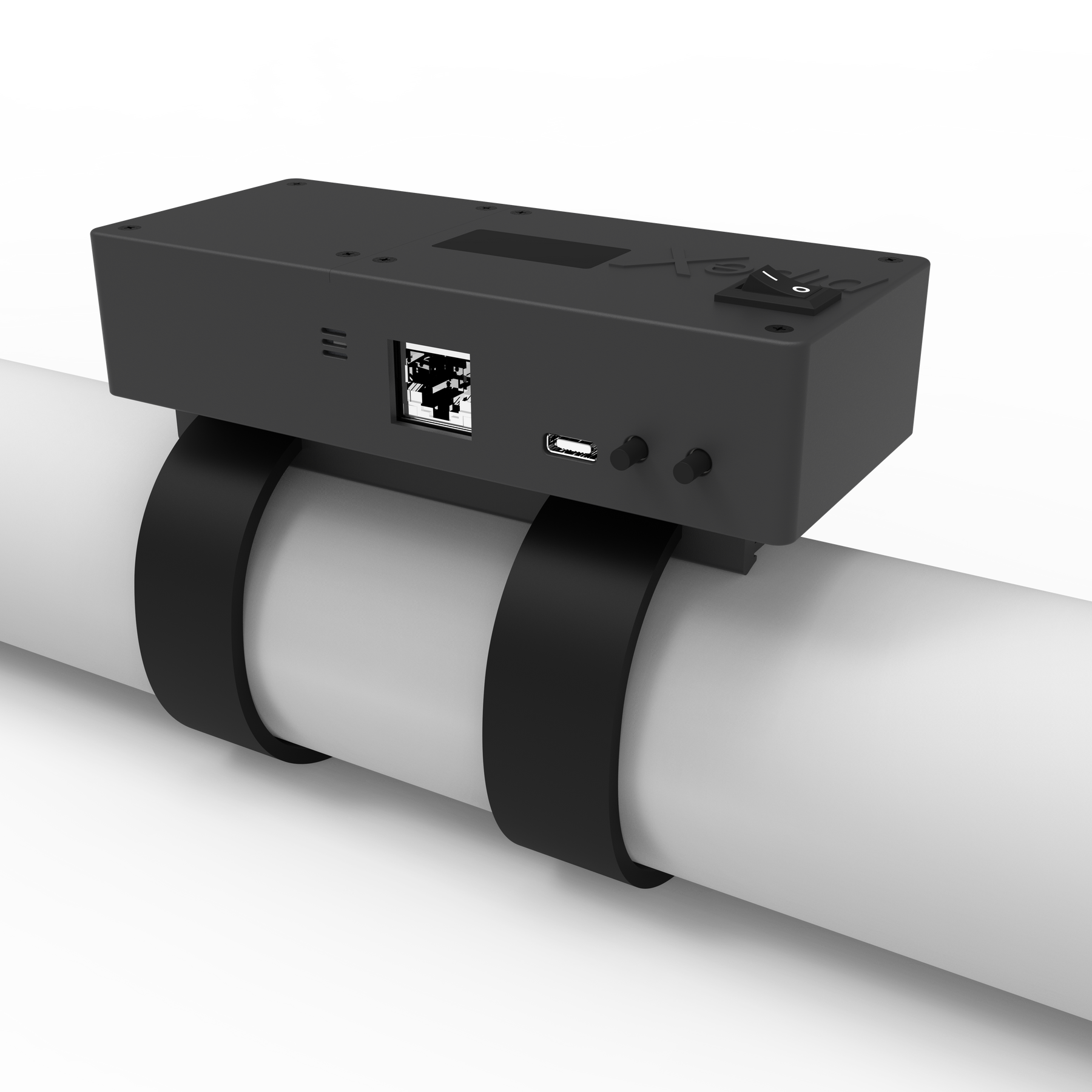Understanding the cost to flush a toilet is a question often overlooked but is increasingly gaining attention. This insight, especially in the realms of homeownership and real estate development, can contribute to a better grasp of water usage and expenses. This article is designed to provide a meticulous breakdown of all aspects that contribute to the cost of flushing a toilet.

Introduction: The True Cost of Flush
Flushing a toilet might seem like a trivial action, but there are underlying factors that contribute to its cost. From water usage and sewer costs to maintenance and utilities, several elements amalgamate to form the overall expense.

Components of Flush Costs
Water Usage
The primary expense associated with flushing a toilet is water usage. Different toilets use varying amounts of water. Traditional toilets can use up to 7 gallons per flush, whereas low-flow toilets use around 1.6 gallons per flush.
- Traditional Toilets: Up to 7 gallons per flush
- Low-Flow Toilets: Around 1.6 gallons per flush
- High-Efficiency Toilets: As low as 1.28 gallons per flush
Sewer Costs
In addition to water usage, the cost of processing the used water also adds to the total expense. Sewer costs vary based on your residence and municipal rates.

Calculating the Cost of a Flush
Direct Water Costs
To calculate the direct cost, you need to know the water rate in your area (usually priced per 1,000 gallons) and the amount of water used per flush. Learn more about toilet hygiene.
Annual Expense Breakdown
Understanding the annual expense can offer a realistic perspective on the total cost. Let’s say a household of four people each flushes the toilet five times a day. Using a low-flow toilet, that equates to around 11,680 gallons of water per year.
For example, at a water rate of $3.60 per 1,000 gallons, the annual cost is approximately $42:
- Gallons used per year = 11,680
- Annual cost = (11.68) x ($3.60) = ~$42
Eco-Friendly Solutions
Low-Flow Toilets
Switching to low-flow toilets is one of the most effective ways to reduce water usage and lower costs. These toilets are specifically designed to use less water per flush, significantly reducing the yearly water consumption.
Home Water Audit
Conducting a home water audit can help identify other ways to save water and reduce costs. This could include fixing leaks, installing aerators, and opting for more water-efficient appliances. For more tips on reducing water usage, this page on water conservation strategies is quite helpful.
Maintenance Costs
Regular Maintenance
Regular maintenance of toilets includes replacing worn-out parts such as flappers, fill valves, and seals. These minor components, while inexpensive, are critical for the efficient operation of the toilet.
Professional Services
Occasional professional maintenance services can identify and rectify problems before they escalate, further saving costs in the long run.
Utility Bills Impact
Electricity and Heating Costs
In some cases, water heating costs can also be a contributing factor. If your home uses an electric water heater, the regular heating of water can add to the overall utility bills.
For more information on sustainable home practices, consider visiting this link.
Environmental Impact
Water Conservation
The environmental impact of frequent flushes is considerable. Reducing water usage not only cuts costs but also helps in conserving the environment. More about eco-friendly practices can be found on this green construction practices page.
Sustainability
Adopting sustainable practices in real estate development can contribute significantly to reducing the carbon footprint. For practical tips, you can refer to this page on the innovative uses of recycled building materials.
Energy-Efficient Technologies
Advanced Toilet Technologies
New advancements in toilet technologies, such as dual-flush systems, are designed to maximize efficiency, offering the potential for greater water savings.
Smart Toilets
Smart toilets come equipped with features such as sensor-based flushing systems and water usage monitors, providing an innovative edge in utility and conservation.
Cost-Saving Tips
Behaviors and Habits
Changing simple behaviors and habits, like flushing less frequently or using a dual-flush toilet, can contribute substantially to lowering costs.
Government Incentives
Many local and federal government programs offer incentives for installing water-efficient fixtures, further reducing the cost of upgrading to more efficient toilets.
Conclusion: The Big Picture
The overall cost to flush a toilet encompasses a variety of elements ranging from water usage to regular maintenance, utility bills, and environmental impact. By being mindful of water usage and adopting technologies and practices aimed at efficiency, homeowners and real estate developers can make cost-effective and eco-friendly choices.
Faq
1. How can I check my toilet’s water usage?
You can usually find this information on the toilet’s label, often located inside the tank. It will state the gallons per flush (GPF).
2. Are there cost benefits to installing a dual-flush toilet?
Yes, dual-flush toilets use significantly less water, offering substantial cost savings over time. They present an upfront investment but pay off in reduced water bills.
3. Can a professional water audit help in saving costs?
Absolutely, a professional water audit can identify inefficiencies and suggest improvements tailored specifically to your household, leading to long-term savings.
As an Amazon Associate, I earn from qualifying purchases.




